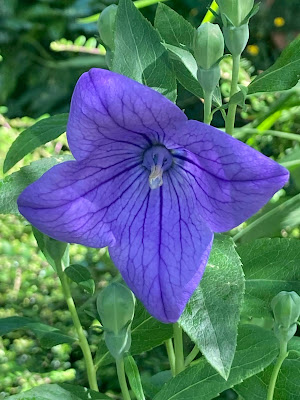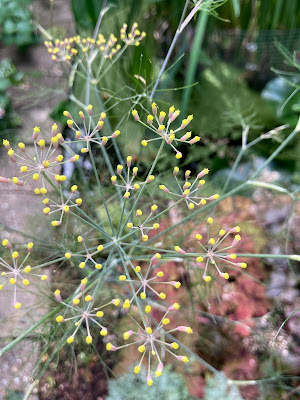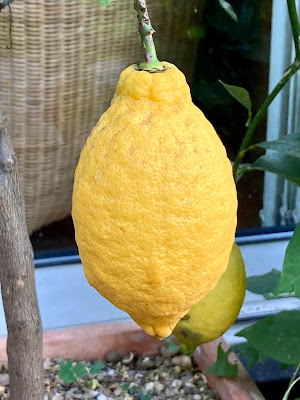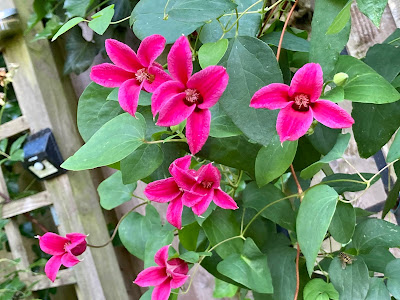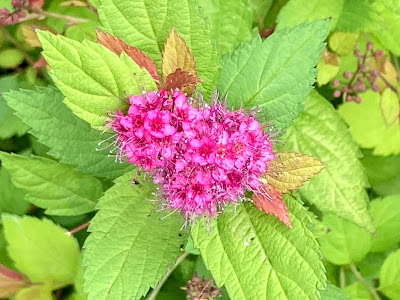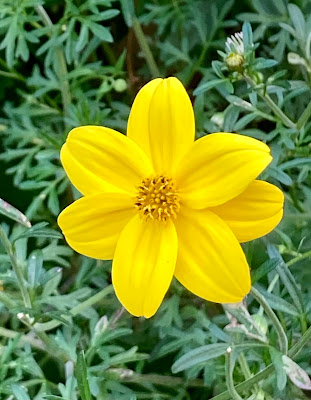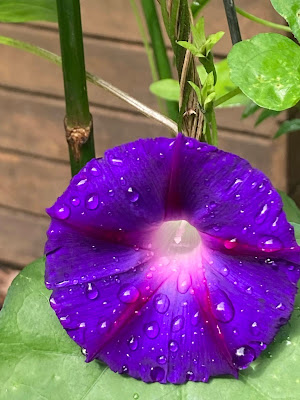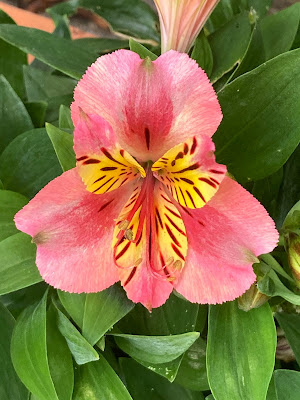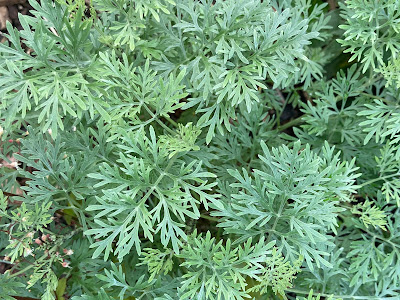Introduction
Welcome to the ninth #SixOnSaturday series, inspired by The Propagator. Six things going on in my garden this week. The combination of sun and recent rain has resulted in rampant growth and so much of the garden activity of late has been pruning and tying back along with a lot of dead-heading to prolong the flowering season. For me, "productive" gardening week is sometimes measured by the fullness of the brown bin - stuff that I can't easily compost. So much pruning and weeding has been done this week that it has filled two! In between the showers, lovely things are still happening. Here are a rew of them:
1) Montbretia
Ok, so for many, this is an old fashioned standard. As it happens, it is for me too as it brings back memories of our childhood garden. That this gets the top spot this week is because it failed to flower last year and I thought it was a gonner. The thrill, therefore, of seeing the emerging flowers is heightened this year.
2) Seedheads
Too many of the wonderful alium seedheads suffered following stormy downpours. This, therefore, is anothe survivor and I love its structure.
3) Platycodon "Baloon Flower"
This innocent plant is exceptionally special to me. I took care of it in 2014 in the last weeks of my mum's life and it, along with her blueberry and her hydrangea are now in my garden and continue to thrive.
4) Teasel
One of the volunteers at our local community garden, Common Growth, offered teasel seedlings to the community last autumn. I took a few, knowing that they attract goldfinches which, until now we'd not seen in the garden. They are vigorous and the bees absolutely love the flowers. I'm looking forward to offering the dried seedheads for the now resident clutch of seed-loving finches.
5) Bronze fennel
Another attractive seedhead.
6) A sense of more
Here is the platycodon and montbretia beside the garden path. Our garden is long and straight but we've provided a "sense of more" through curved paving and rich planting.
That's all for this week. Check out the participant guide if you want to join in.


